Forms of Energy Teaching Resources
Explore forms of energy in your science classes with experiments, activities and more resources for primary teachers!
From lesson plans on electricity to worksheets about thermal energy, this collection is packed with Australian science curriculum-aligned printables and digital resources created by teachers for teachers like you. You'll save time on your lesson plans with easily editable resources, plus you'll be able to meet your students' needs with differentiated options.
Best of all? Every single resource has been carefully reviewed by the science teachers on the Teach Starter team to ensure it's ready for your classroom and your students!
Is this your first year covering the different forms of energy in your classroom? Or maybe you are just looking for fresh ideas? Read on for a primer from our teacher team, including a look at the two main types that these forms can fall into.
What Are the 2 Types of Energy?
Energy can take a variety of forms — from the mechanical energy involved in stretching a rubberband to the motion energy in a gust of wind — but every form of energy can be classified into just two main types. Before we dive into the long list of forms of energy that exist in the universe, it might help to take a look at these types:
- Potential Energy
- Kinetic Energy
Read on to learn how we explain these types to our students!
What Is Potential Energy? A Kid-Friendly Definition and Example
Potential energy is the energy that an object has because of its position or condition.
Let's say you take out a rubberband and stretch it way, way, way out with your hands. Because it is stretched out, the rubberband is full of potential energy that will help it fly farther when it is finally released!
What Is Kinetic Energy?
Kinetic energy is the energy of an object in motion. This type of energy depends on the object's mass and speed.
Let's look at that rubberband example again! It may have potential energy when it is held in a stretched-out position, but once it is released, the rubberband now has kinetic energy as it flies through the air!
What Are Forms of Energy? Examples for Kids
Now that we've covered the two types of energy, let's look at the different forms of energy that fall under each type. We've developed these explanations to help you as you work with students to gain a deeper understanding of how energy affects people and the environment around us!
4 Forms of Potential Energy
- Elastic Energy —This is the energy that can be found when an object is stretched or compressed. Elastic energy can be found in a coiled spring or a stretched rubber band.
- Nuclear Energy — Nuclear energy is a form of energy that originates from the nucleus, or the core, of an atom. This kind of energy is commonly used to generate electricity, but it requires the process of releasing it from the atom.
- Gravitational Energy — Gravitational energy is the energy an object has due to its position in a gravitational field. For example, if you hold a book high in the air, its height creates the potential for the book to fall. This is its gravitational energy and its potential energy!
- Chemical Energy — This type of energy is stored in atoms and molecules.
5 Forms of Kinetic Energy
- Mechanical Energy — Mechanical energy is the energy possessed by an object due to its motion or position.
- Electrical Energy — This is the energy produced by the flow of electric charges or electrons. The electricity that we use to power our computers and our lights is a form of electrical energy!
- Light Energy — Light energy is the energy that we see as visible light. We can get this energy from natural sources like the sun or human-made sources like the lightbulb.
- Thermal Energy — Also called heat energy, thermal energy is a form that most students have experienced in their lives. It's energy that comes from the heat of an object or system, such as the energy of the sun.
- Sound Energy — This form is the energy produced by vibrations that create sound waves. It's the type of energy involved when we speak or sing, and it's also the energy involved in all the noises produced around us.
- Plus Plan

Science Experiment - Lights Line Up!
A science experiment which explores light.
- Plus Plan
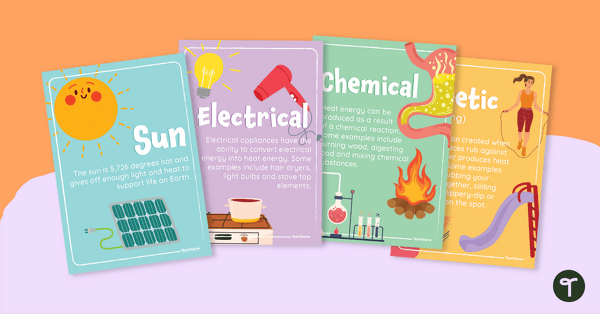
Heat Sources Poster Set
Display these heat sources posters during your heat energy science unit.
- Plus Plan
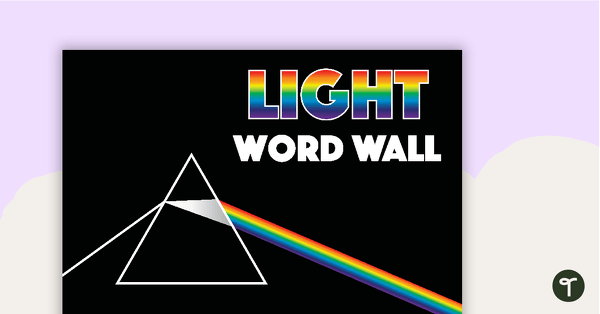
Light Word Wall Vocabulary
Print out vocabulary cards for your light unit.
- Free Plan
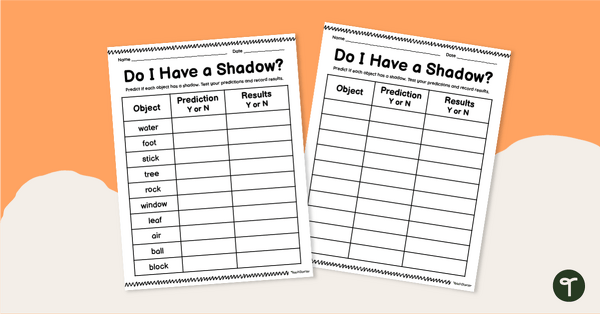
Do I Have a Shadow? Activity (F-1)
Explore light and shadow while practising science inquiry skills with an engaging Predict and Observe Shadow Experiment for early learners.
- Free Plan
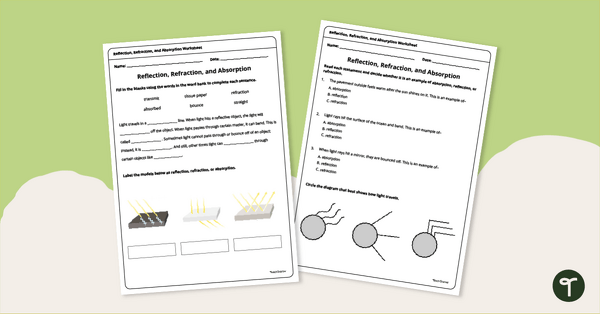
Reflection, Refraction, and Absorption Worksheet
Use a Reflection, Refraction, and Absorption worksheet to ensure students understand light energy.
- Plus Plan

Looking at Light Energy PowerPoint
Teach the wonders of light energy with an engaging slide deck covering light energy for kids!
- Free Plan
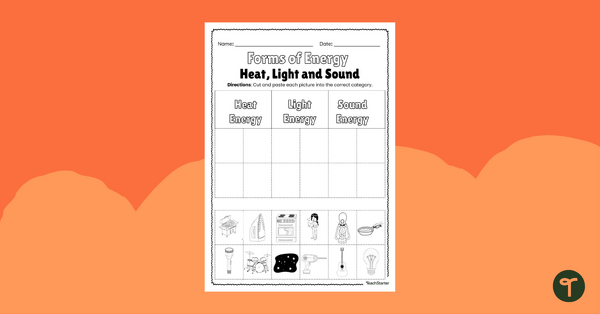
Forms of Energy (Heat, Light and Sound) Worksheet
Guide your students to identify different forms of energy with this cut and paste worksheet.
- Plus Plan
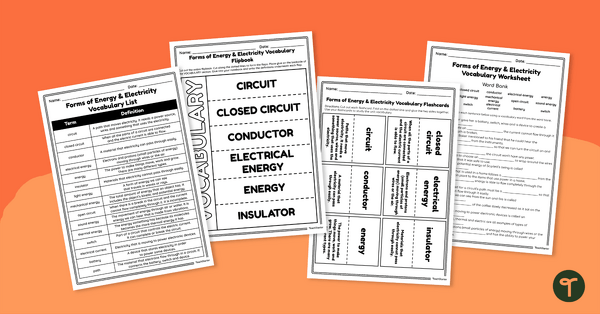
Forms of Energy & Electricity Vocabulary Worksheets
Review forms of energy and electricity terms with this science vocabulary worksheet pack.
- Free Plan
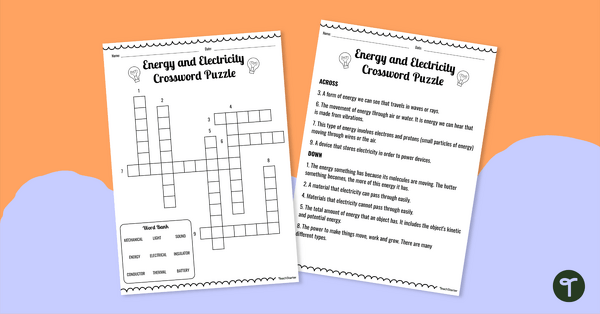
Energy and Electricity Crossword Puzzle
Reinforce science vocabulary with a free energy and electricity crossword puzzle.
- Plus Plan
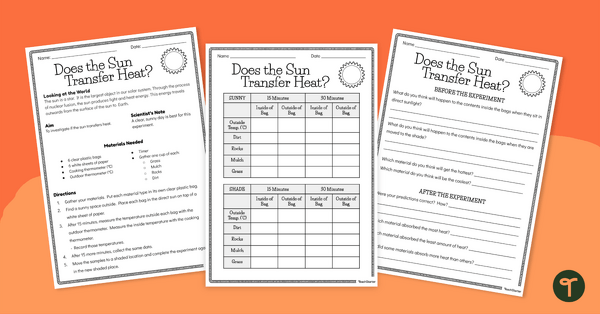
Does the Sun Transfer Heat? – Science Experiment
Discover how the sun transfers thermal energy and which objects absorb more heat with this science experiment for kids.
- Plus Plan
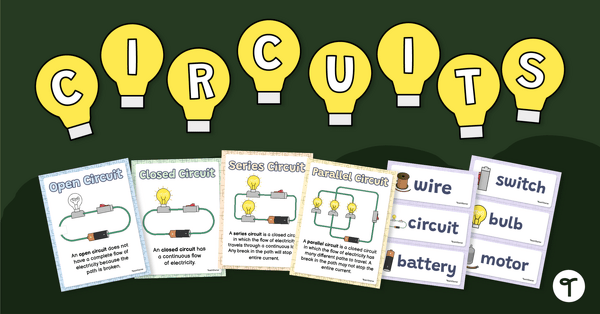
Electrical Circuits Wall Display
Create a wall display showing different types of circuits and related vocabulary.
- Free Plan
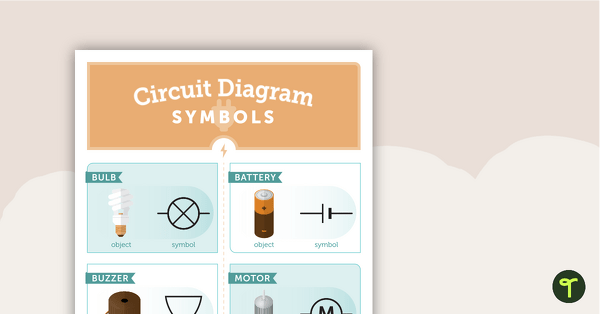
Circuit Diagram Symbols Poster
A poster that shows a range of symbols used for drawing circuit diagrams.
- Plus Plan
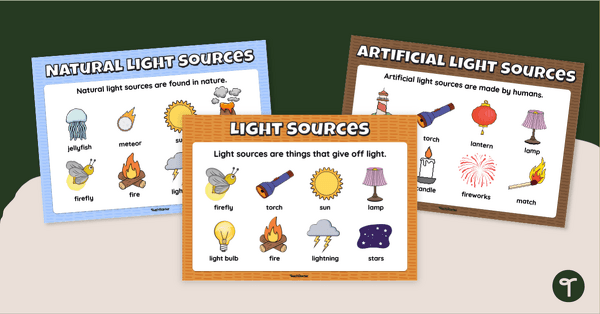
Light Sources Poster Pack
Give your students a clear and kid-friendly introduction to light energy with a printable Natural and Artificial Light Sources Poster pack.
- Plus Plan

Build a Pizza Box Pizza Oven - Solar Energy STEM Project
Build a pizza box solar oven to demonstrate the power of thermal energy with an exciting Solar Oven Stem Project
- Plus Plan
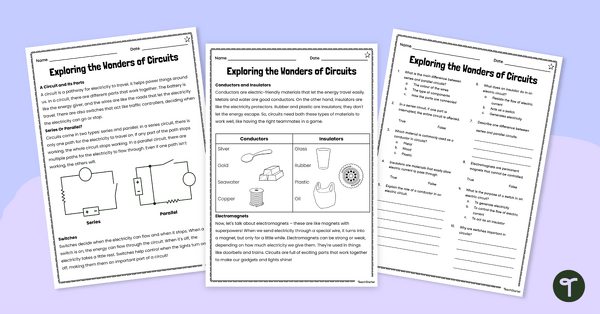
The Wonders of Circuits – Levelled Comprehension Worksheet Pack
Encourage your students to read and learn about circuits with this levelled worksheet pack.
- Plus Plan

Sound Energy (First Nations Musical Instruments)Teaching Slides
Help your students discover how traditional musical instruments used by First Nations Australians produce their characteristic sounds with this teaching presentation.
- Plus Plan

Sound Energy (First Nations Instruments) Comprehension Task
Use this read-and-respond task to help your Grade Two students learn about some traditional First Nations Australians musical instruments and their characteristic sounds.
- Plus Plan

Heat Transfer Posters
Display these posters to check understanding or reinforce the teaching and learning of how heat energy transfers.
- Plus Plan
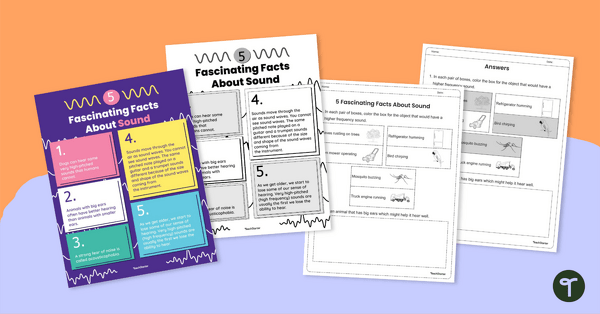
5 Fascinating Facts About Sound Worksheet
Use this sound energy worksheet and poster set to teach your student some interesting facts about sound.
- Plus Plan
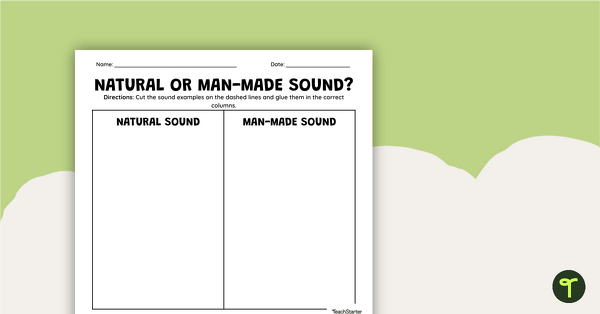
Natural or Man-Made Sound? Grade 2 Worksheet
Use sound energy worksheet to help students differentiate between natural and man-made sounds by sorting their sources.
- Plus Plan
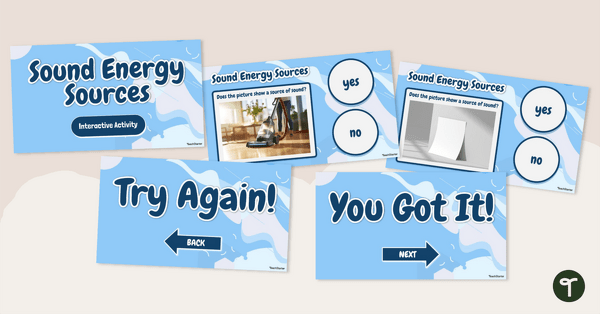
Sound Energy Sources Interactive Activity
With your students, explore the sources of sound energy and how we sense them using this interactive science activity.
- Plus Plan
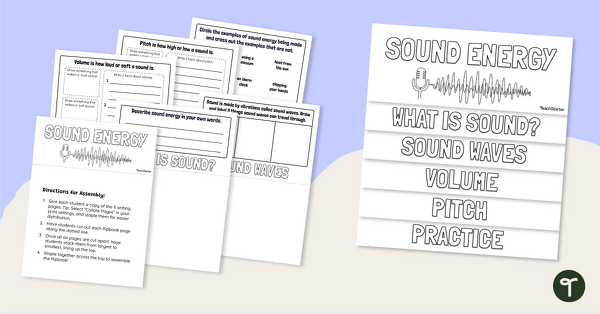
Sound Energy Flip Book for Grade 2 Science
Encourage your students to record their knowledge about sound energy using this fun flip book activity.
- Plus Plan
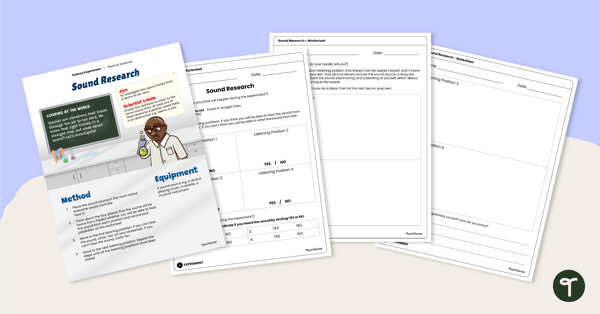
Sound Experiment for Kids
Immerse your students in an auditory adventure, exploring sound energy with this engaging experiment.
- Free Plan
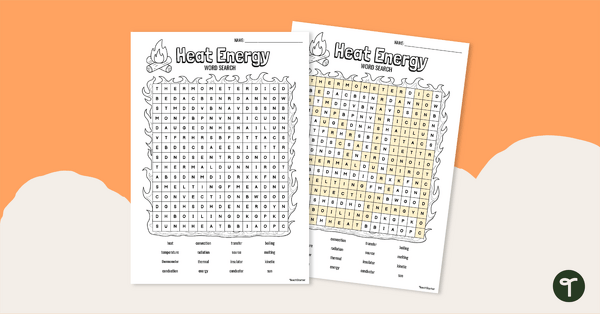
Heat Energy Word Search
Help students remember heat energy vocabulary with this word search.
- Plus Plan
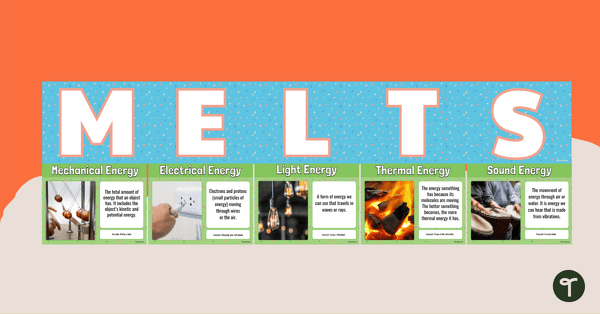
Forms of Energy Poster Pack
Display information about mechanical, electrical, light, thermal and sound energy with this poster pack.
- Plus Plan
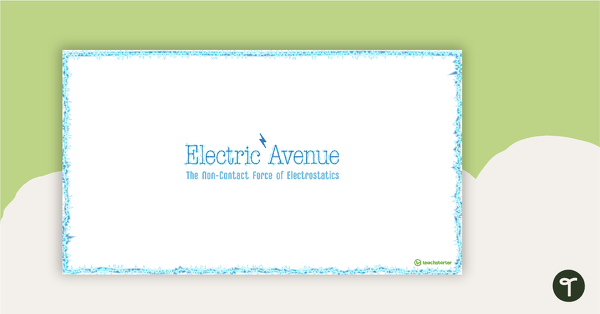
Electric Avenue - Understanding the Non-contact Force of Electrostatics PowerPoint
A teaching presentation introducing the students to the non-contact force of electrostatics.
- Plus Plan
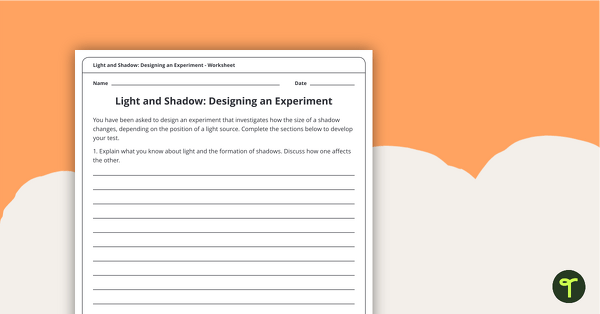
Light and Shadow - Design an Experiment Worksheet
A worksheet that explores light and shadow and the principles of a fair test.
- Plus Plan
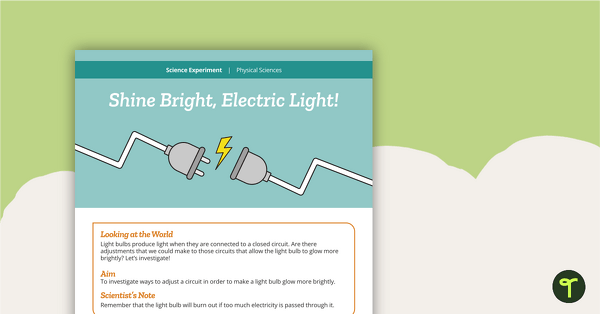
Science Experiment - Shine Bright, Electric Light!
A science experiment that investigates how changes to electrical circuits affects their components.
- Plus Plan
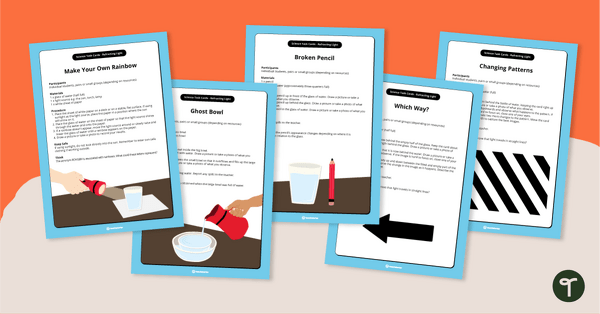
Refracting Light Task Cards
A set of 5 Task Cards with activities that allow students to observe the refraction of light.
- Plus Plan
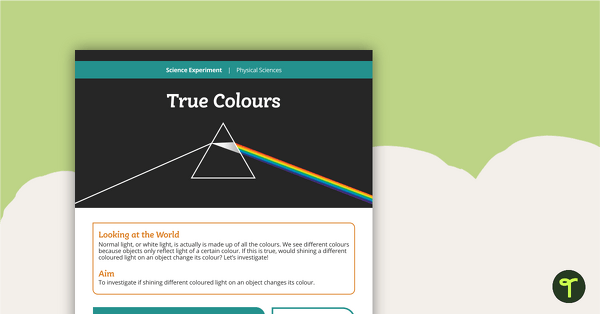
Science Experiment - True Colours
A science experiment that explores the perception of colour.
- Plus Plan
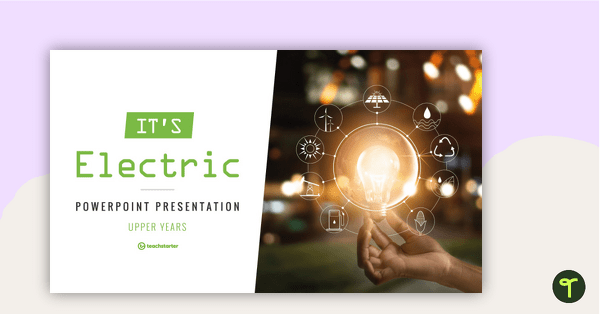
It's Electric! - PowerPoint Presentation
A 23 slide editable PowerPoint to use when teaching your students about electricity in Science.
- Plus Plan
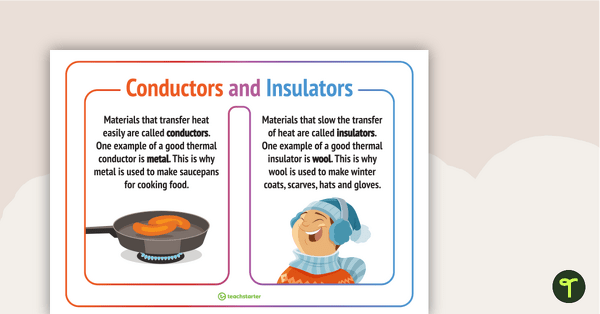
Conductors and Insulators Poster
A poster highlighting conductors and insulators of heat energy.